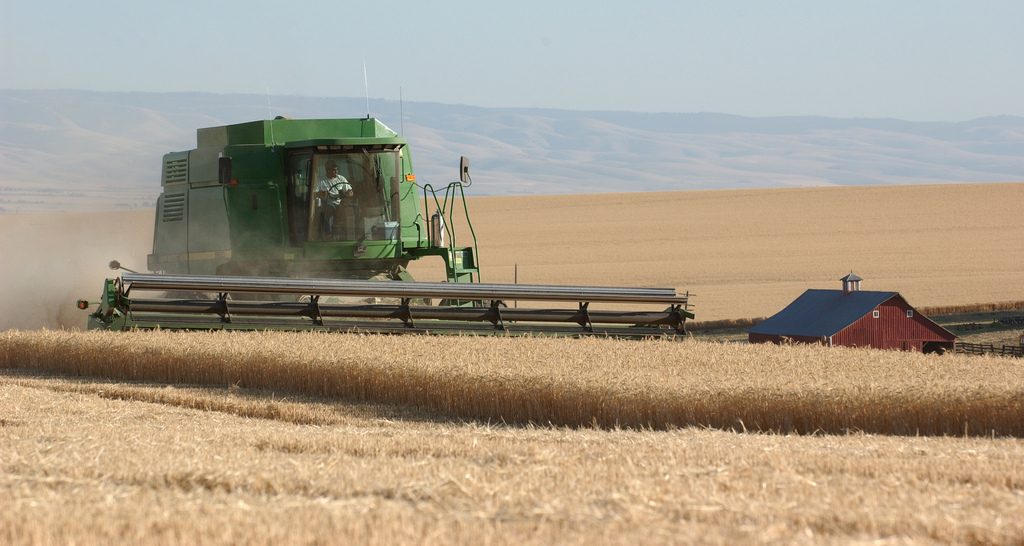Anton chats with Dr. Alfons Weersink, professor in the Department of Food, Agricultural, and Resource Economics at the University of Guelph. The discussion focuses on the increasing heterogeneity of farms: why do farms look more different from one another today than at any time in the past? Dr. Weersink helps provide a historical perspective of the evolution of the agricultural sector and provides insights about reasons why a mid-sized farm—prominent 50-60 years ago—is much less a typical characterization of modern agriculture. He also discusses how these dynamics are likely to impact policy development, farm-level management, and education in the next several decades, because an “average farmer” is becoming less and less representative of a typical farmer in the 21st century.
Highlights:
3:05: Why did farms look much more similar to one another 50-60 years? What was the market structure that created this landscape?
5:30: When did this homogeneous farm structure begin to change and what were some of the underlying factors? What is the role of technology in this movement?
6:30: What about financial stress in the agricultural sector? Does this drive significant change in how farms are structured?
8:50: How do you define heterogeneity across farms? What are the major differences that currently characterizes farms?
10:20: Midsize farms have experienced the most change in the past 50 years. Why is that? What’s particular about those farms that has led to the changes? Why has ag “become cool again”?
14:20: Farms are either niche or commodity producers. How has this changed the consolidation and market power structure in the agricultural sector? And how has this changed the risk to farmers?
18:00: What are the biggest implications of these changes for the agricultural sector going forward? How will policy affect farm structures in the next 30-40 years? Is the “average farmer” still a reasonable measure to use when considering the implications and targets of farm policy? What is the aim of food policy today? How is the emergence of agro-environmental policies changing things?
23:30: What about the farm-level implications? What can we expect to see in the next 30-40 years emerging as the top issues in the farm sector and how has the changing landscape of farm heterogeneity impacted these trends? Who’s responsible for collecting, managing, and analyzing data that will be coming from farms? Are farmers responding to these challenges?
27:30: Another big issue on the horizon is the growing separation of ownership and management of farm land. How will this change the agricultural landscape? How is this affecting the dynamics of intergenerational transfer of farm operations?
29:40: As the farm technology increases, producers will also need to increase their understanding of how to operate and manage technology. How is this changing the training that farmers require?
31:00: How are things different in New Zealand? How has policy changed there and what could be learned?
(Intro and outro music is from “Out of It” by andrewbowden licensed under CC BY 3.0)
(Photo by Oregon State University is licensed under CC BY 4.0)

